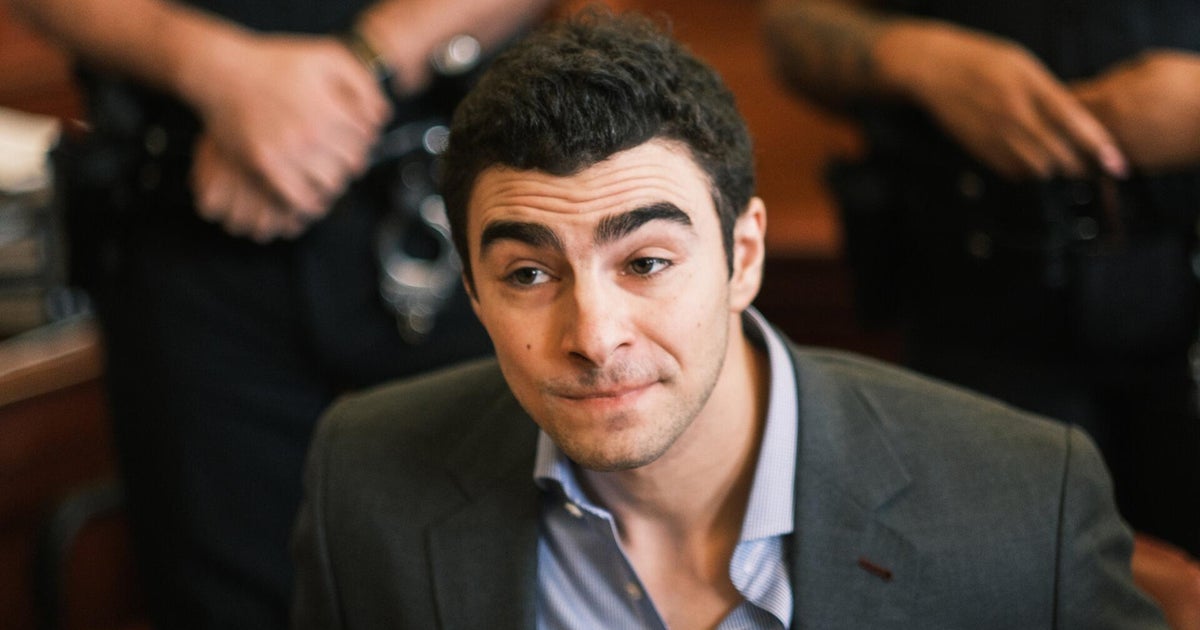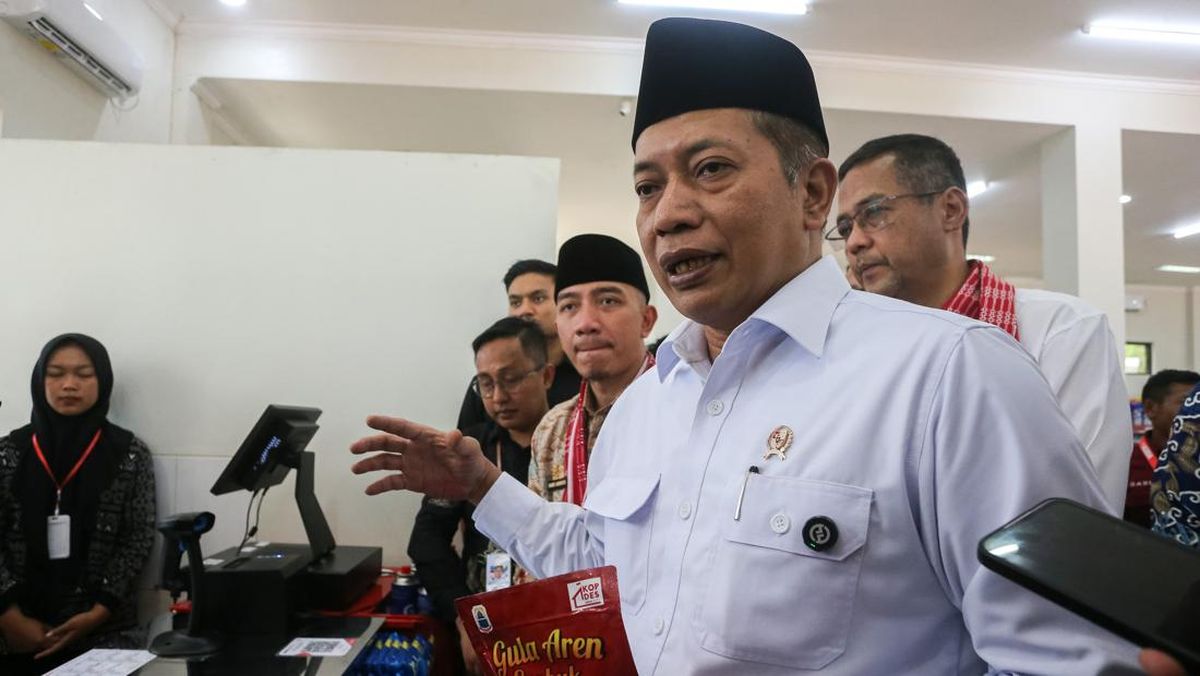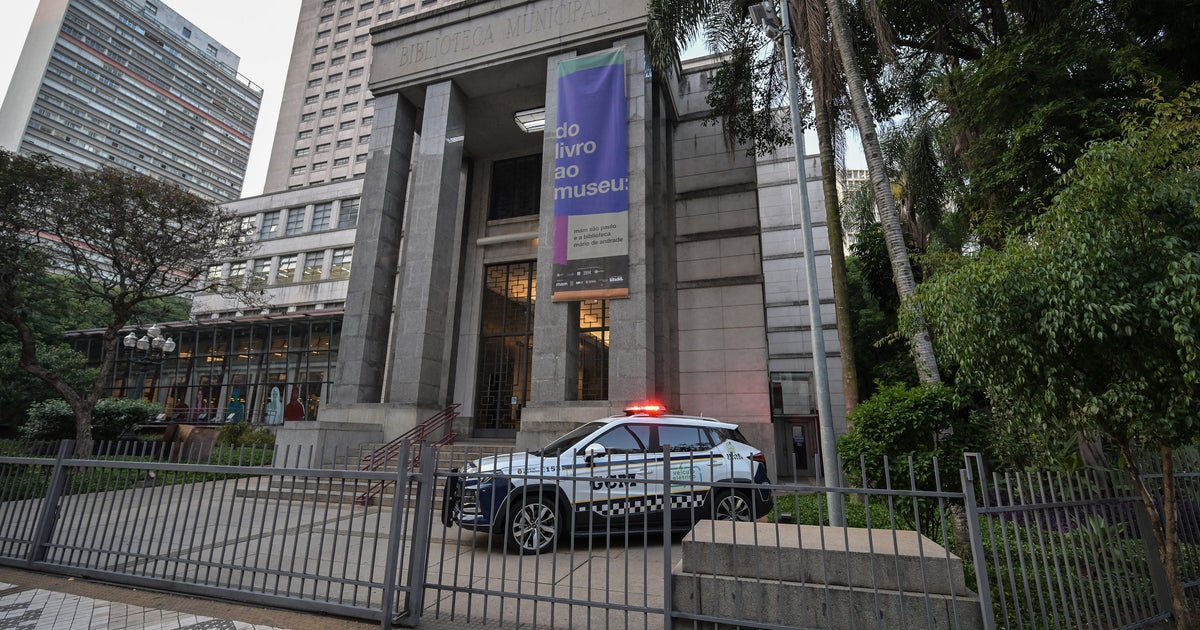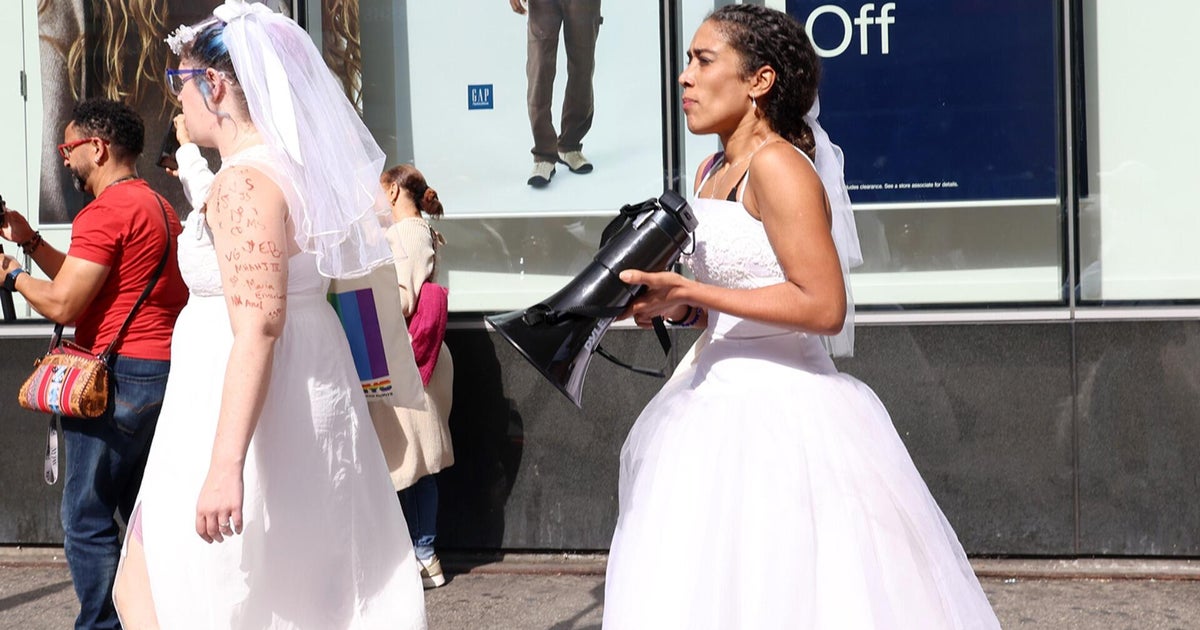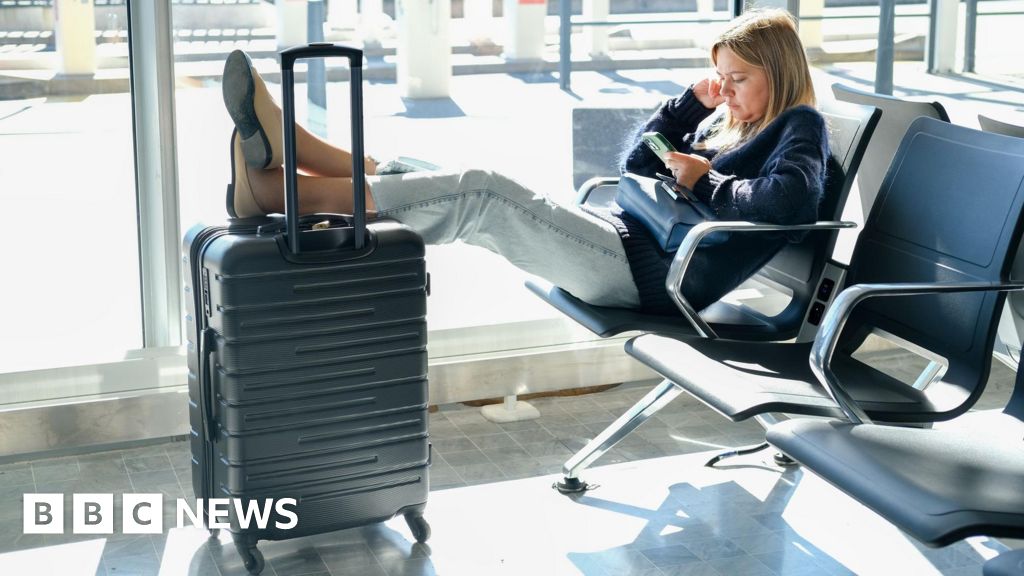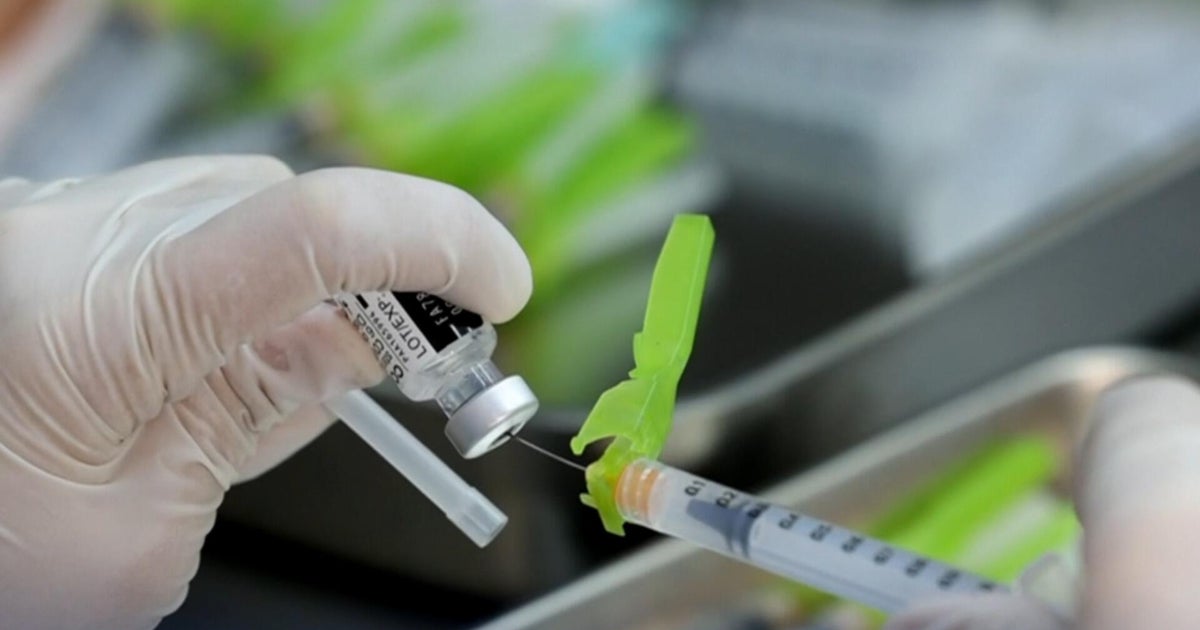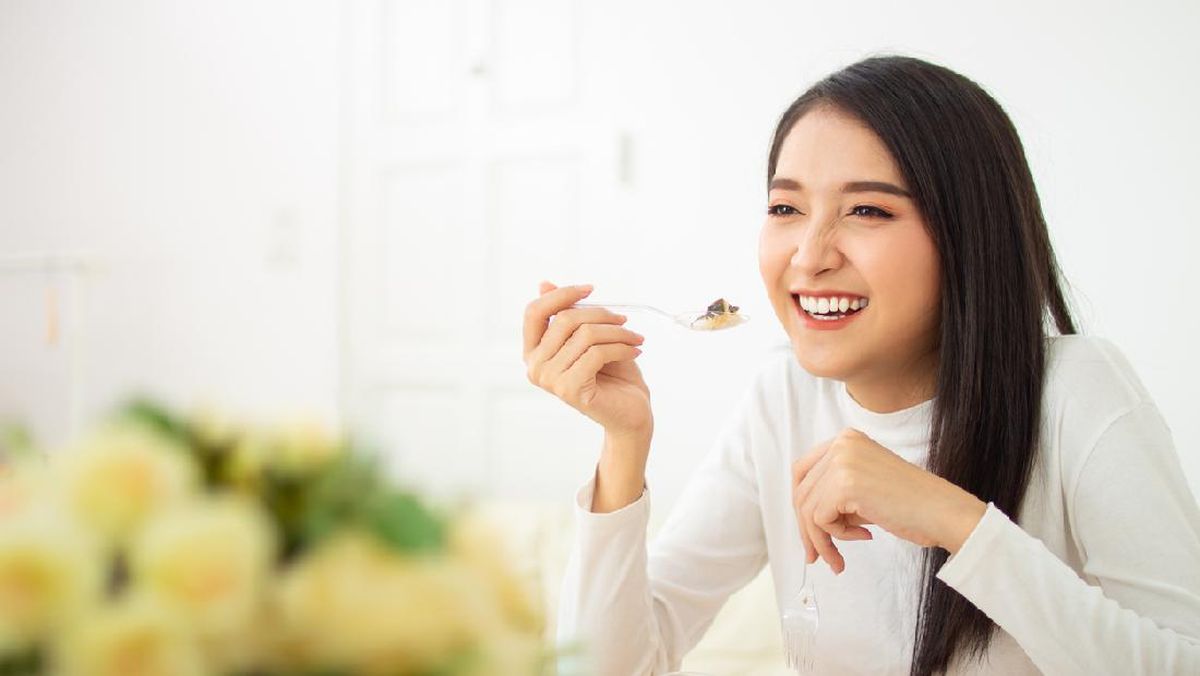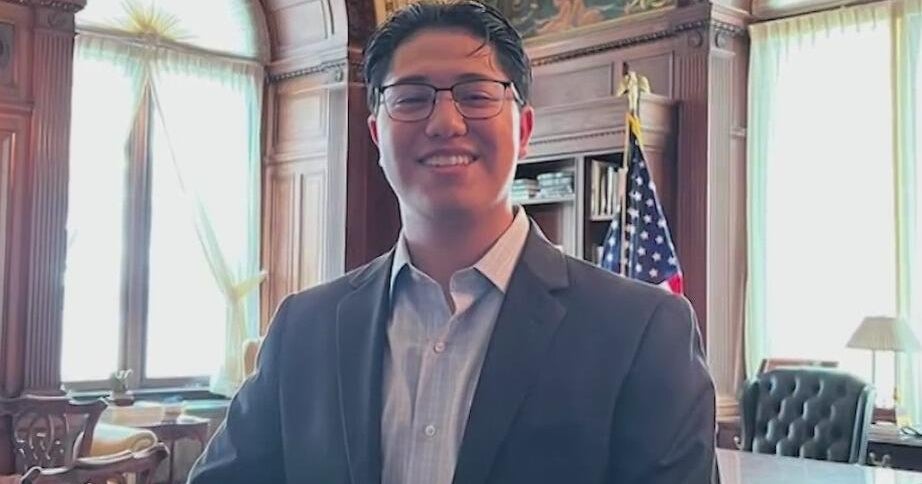A restaurant takes a village. Chefs are vital, of course, and the vast majority of the Good Food Guide is a celebration of their talents. But then there’s also fishers, farmers, designers, suppliers, producers and campaigners whose combined forces also make NSW and the ACT such vital places to eat and drink.
Among them, though, there are those people and businesses with outsized impact, completely in tune with the cultural forces that are shaping our cities, towns and suburbs, who are starting new conversations, moving hospitality forward and changing it for the future. These pages are dedicated to these innovators.
A.P Bakery
But which A.P? House, Town, Carriageworks, Place, Supply, Quay, Bread and Wine? Since the turn of the decade, no Sydney business has captured the zeitgeist more deliciously than this cult bakery from Ester’s Mat Lindsay and some of the key people behind Paramount Coffee Project and Golden Age.
Such has been the zest and fervour for baker Dougal Muffet’s croissants, canelés and cream puffs that the hits have just kept coming, dotting the city from Surry Hills to Newtown to Circular Quay. They’re in Carriageworks Farmers Market, their bread is on the menu at like 50 per cent of Sydney’s new openings, your friends are in AP Run Club. But this isn’t just hype.

A.P Bakery commit to working with farmers to grow specific grains, milling their own flour and supporting sustainable methods. What’s more impressive is that each A.P site feels distinct, with its own unique menu and angle, ranging from buckwheat chocolate croissants for breakfast and rotisserie spatchcock sandwiches for lunch to leftover-bread pasta for dinner.
These are people bursting with good ideas, backing it up in the execution. Rising, like a pert sourdough loaf, to meet the moment. “This is the retirement plan,” says Mat Lindsay. But it sounds like they’re just getting started.

Worktones
Huw Bennett pulled off an unlikely fashion feat: his hospitality workwear design studio, Worktones, managed to create hospitality clothing that even regular punters want to wear. Their caps emblazoned with “it” food items (hello, mortadella) and their relaxed cotton blazers are just as likely to be worn by diners as they are by the person making your panini.
This year marks a decade of Worktones, and its stylish custom outfits and merchandise continue to help set the mood and attitude of dining rooms, cafes and kitchens across the state, including at Grandfathers, Olympus Dining, Saint Peter – the list goes on.
Its less-is-more ethos has remained consistent, as is a commitment to natural fabrics. Asked why he thinks the Surry Hills label has resonated with businesses, Bennett says, “We have our own little niche … [are] hands on with our service, determined to deliver an exceptional product and constantly strive to balance function with comfort. All done with a smile on our faces.” We like that, too.

Maestro Hospitality
Gee whiz, mates. How many hatted restaurants do you want to open in a year? Over the past 12 months, Maestro Hospitality co-owners Alessandro and Anna Pavoni launched Summer Hill’s Postino Osteria, Cibariain Manly and Vineria Luisa on Enmore Road.
Each Italian venue is a bona fide cracker, largely thanks to Alessandro’s knack for finding the right talent to lead his kitchens, and Anna’s professional excellence managing back-of-house. The husband-and-wife team know how to create the right menu and pitch for each local market too, whether it’s a deep, rich lasagne paired with biodynamic sangiovese in the inner west, or artisanal gelato for all the family opposite Manly Beach.
All this while still running Chioscoand two-hatted Ormeggio at The Spit in Mosman and a’Mareat Crown. That’s six terrific restaurants and counting.

Women and Revolution
When Women and Revolution (WaR) accepted the inaugural Good Food Guide Cultural Change Champion last year, the not-for-profit’s president Bridget Raffal said, “I am not going to stand here and pretend [the hospitality industry is] anywhere near where we would like it to be, but I am encouraged.” She also called on her peers to maintain the momentum generated by investigations revealing allegations of sexual assault, harassment and misogyny within prominent Sydney hospitality venues.
“You need to think about who you support, who you promote, who you platform, where you have lunch today [and] if you compromise your values for a good time or an easy time.” It was powerful, with WaR continuing to be a prominent voice at forums.
It partnered with the Australian Human Rights Commission Speaking from Experience event, resulting in a report with 11 recommendations on what needs to change to address workplace sexual harassment.
WaR board member Saranya Kundasamy says another big milestone was hosting its fifth Outspoken workshop, which teaches women and gender-diverse people essential workplace skills, including how to speak up, set boundaries and push back, and helps give confidence to navigate tough workplaces.
As Raffal says, “real progress comes from all of us speaking out, whether it’s in small moments or on a bigger stage.”

George Livissianis
It’s been more than a decade since The Apollo opened and George Livissianis’ interior architecture set off a new style of blended textures, peeled-back layers and raw definition. He followed it with Cho Cho San across the road in Potts Point, and its simple light-filled izakaya-inspired design is just as impressive today as it was back then.
Every Livissianis dining room is matched to its menu and owner’s intent, all while remaining wholly stereotype-free. Take Redfern newcomer Olympus Dining, for instance – a bigger-budget sequel to The Apollo which still feels inherently “Greek village” with its cobblestone, neutral tones and bougainvillea, not an olive tree or fishing basket in sight. And nowhere says “have a margarita” as harmoniously as the cayenne terrazzo and pink travertine at Lottie a few levels upstairs. A world leader in “less is more” design.

Jongguk Lee
24 York may be getting all the attention for its steak-frites-only concept in the CBD, but there’s a gunslinger in the west whose restaurants with one dish are even more popular.
Jongguk Lee opened Guk’s Eedaero Gamjatang in Lidcombe in 2024 and gamjatang – a Korean spicy pork bone stew with potatoes and vegetables built for sharing in a large stone pot – is the only thing he serves. Lee goes through 60 kilograms of pork bones a day to make what he calls “the soul food of Koreans”, and Guk’s is often full with diners from 7am to midnight.
With deep umami flavour and herbal notes of perilla, his soup has become so loved, Lee has opened a second location in Lidcombe plus stores in Ashfield and Eastwood. “I’m also looking forward to opening it in the city, Melbourne or Brisbane,” he says, as Korean looks to be Australia’s fastest-growing cuisine of the decade.

Timothy Cassimatis
It feels somewhat ludicrous to all one of the world’s oldest and greatest cuisines a trend, especially in Sydney, a city steeped in Greek influence from successive waves of migration. But 2025 was the year that a sleeping giant woke up.
Olympus Dining was the restaurant of the summer. Myra’s Kitchen in Newtown was so popular that it shut shop and moved to a bigger site within six months of opening. Homer Cronulla brought the chaos and clatter of a neighbourhood
Athenian taverna to the city’s south and the locals couldn’t get enough. But at the centre of it all was Olympic Meats, helmed by Timothy Cassimatis.

There isn’t one person embodying this movement more than the owner-chef of the city’s busiest gyradiko-slash-taverna. Here’s someone who took every part of the cuisine that he grew up with, broke it down to its constituent parts, learning the ropes on everything from sourdough to fermenting yoghurt to butchery, then put it back together again.
The result is a restaurant that’s far greater than the sum, totally in keeping with the old-school Greek restaurants this city knows and loves, but also very connected to the next version of them. No wonder the queues
keep coming.

Palisa Anderson
Palisa Anderson is no stranger to pivots. Yes, she grew up in the Chat Thai restaurants run by her mother, the late Amy Chanta, one of Sydney’s most important restaurateurs, but she never had any intention of working in hospitality. Instead she went to uni, worked overseas, made a life.
But in 2010 she was drawn back, and over the next decade helped steer new family restaurants, none more integral than Boon Cafe, a third-culture Thai-Australian restaurant before third-culture restaurants were a thing. In one small corner of Boon was a coolroom, stacked floor-to-ceiling with fresh herbs, tropical fruits and leafy greens. And this is where the next pivot comes in: in 2015, Anderson bought a plot of land in the Byron Hinterland and started planting.
The result was Boon Luck Farm, founded on organic, regenerative principles and the goal of stocking the restaurants. Ten years later, it’s not only responsible for supplying produce – jackfruit, makrut lime, starfruit, peppercorns, betel leaves, pomelo, leafy greens – to all five of Anderson’s venues, it’s a key supplier of rare and exotic ingredients to the state’s top kitchens, from Pipit to Quay.
Growing your own is nothing new to the South-East Asian diaspora, but scaling up, keeping it affordable, and inspiring slow moves in a fast-casual setting? That’s special.

Paul Lee
There are a lot of influential names in Australian coffee, but sometimes the biggest change starts with small operators. From his underground CBD cafe Diggy Doos, roaster and barista Paul Lee shows Sydney the true value of a cup of coffee.
It looks like the lab of a mad scientist: obscure brewing equipment, careful pour-overs and blackboard scrawl. But this cafe is the heart of the city’s
micro-roasting community, where Lee collaborates with emerging local and international talent to showcase the craft to a wider audience.
There are after-hours tastings with lesser-known roasters from the Czech Republic; cafe takeovers by touring interstate roasters; and sold-out pop-ups, including the recent pairing of fine-dining pastry chef Elisha Eco’s Filipino desserts with coffee-infused cocktails.

Diggy Doos has become a pilgrimage for coffee enthusiasts. But, crucially, it’s also a place where the everyday coffee drinker might sit down for a flat white and become swept up in Lee’s easy enthusiasm, leaving one caffeinated hour later with an understanding of the sustainable farming, experimental fermentation and careful roasting behind it – bridging the value gap at a time when record-high coffee commodity prices are pushing some cafes to the brink.
The Good Food app is the home of the 2026 edition of the Sydney Morning Herald Good Food Guide, with more than 600 reviews including 115 Critics’ Picks. The app is free for premium subscribers of the SMH and also available as a standalone subscription. You can download the Good Food app here.

